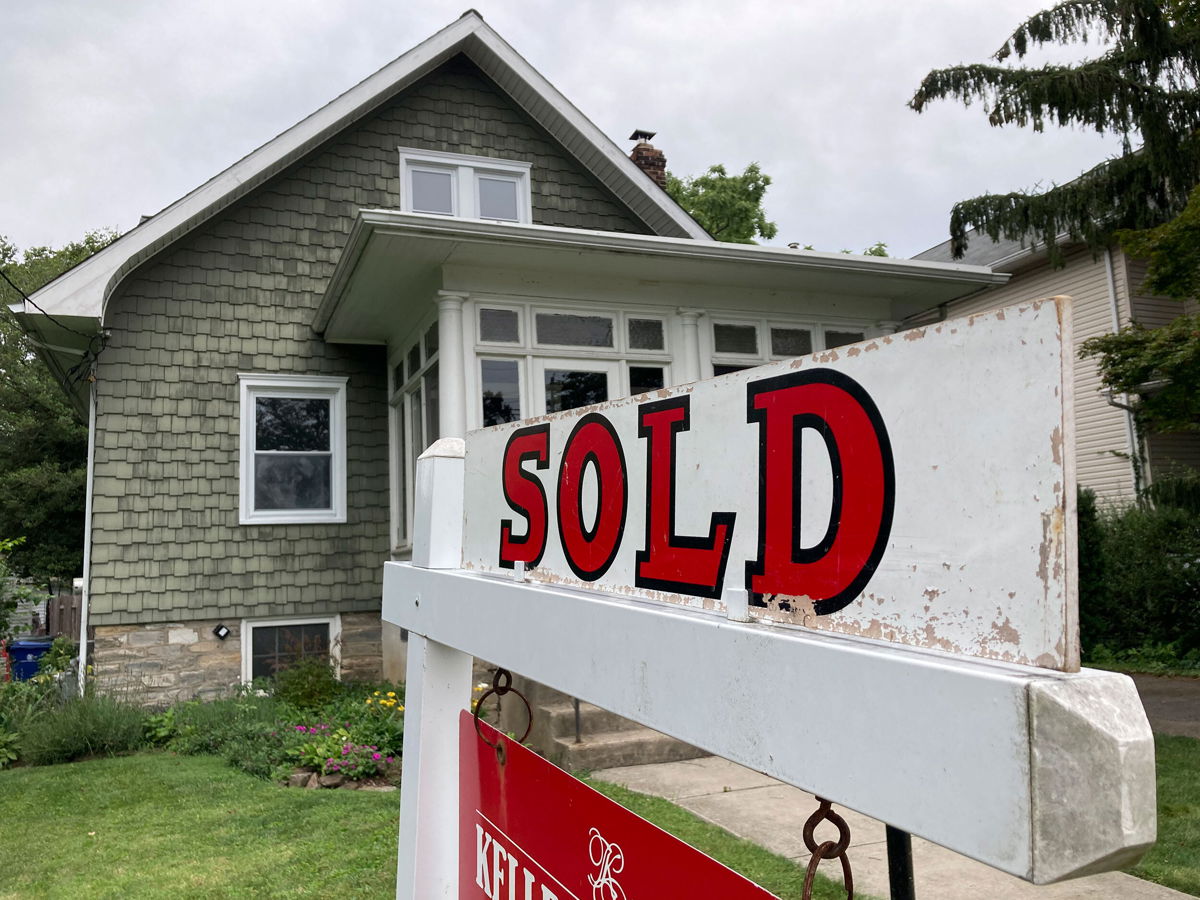Homes got even pricier and harder to afford in most US cities

Homes got even pricier and harder to afford in most US cities.
By Anna Bahney, CNN Business
Home prices rose by double-digit percentages in most major US cities at the beginning of this year.
Of 185 metro areas tracked, 70% saw double-digit growth in median home prices during the first quarter of 2022 compared to a year before, according to a report from the National Association of Realtors. The number of cities with double-digit increases had been dropping from 94% in the second quarter of last year to 78% in the third quarter and down to a revised 66% at the end of last year.
But prices in early 2022 cranked back up in many places. The median price of a single-family home in the US was $368,200 in the first quarter, up 15.7% from a year earlier, according to the report.
“Prices throughout the country have surged for the better part of two years, including in the first quarter of 2022,” said Lawrence Yun, NAR’s chief economist. “Given the extremely low inventory, we’re unlikely to see price declines, but appreciation should slow in the coming months.”
Yun said the slower pace of appreciation will be driven by an increase in supply of homes for sale and less competition among buyers as rising mortgage rates push some would-be homeowners out of the market.
“I expect more pullback in housing demand as mortgage rates take a heavier toll on affordability,” he added. “There are no indications that rates will ease anytime soon.”
Where home prices rose the most
The biggest year-over-year price gains in the first quarter were in midsize and small cities, with half of them in Florida.
Punta Gorda, Florida, saw the biggest price appreciation in the first quarter, with prices up 34.4%. It was followed by Ocala, Florida; Ogden, Utah; Lakeland and Winter Haven, Florida; Decatur, Alabama; Tampa and St. Petersburg, Florida; Fort Collins, Colorado; Bradenton and Sarasota, Florida; Myrtle Beach, South Carolina; and Salt Lake City, Utah.
“Traditionally, homes in these markets were viewed as relatively inexpensive, but with recent migration trends, prices have increased significantly,” Yun said. “Price gains in many smaller, tertiary cities are now outpacing those in the more expensive primary and secondary markets. This is due to buyers looking for less expensive housing and also a result of more opportunities to work from home, making relocation to smaller markets possible.”
Half of the country’s top ten most expensive cities are in California.
San Jose, California, had the highest home prices in the country, with the median price of a home at $1,875,000, up 25% from a year ago. It was followed by San Francisco; Anaheim, California; Honolulu; San Diego; Boulder, Colorado; Los Angeles; Seattle; Naples, Florida; and Denver, Colorado.
Affordability took a hit
As inventory fell to record lows in the first part of this year and home prices continued their steady march up, buyers rushed to close on a deal before mortgage rates rose.
Heading into this year, the interest rate on a 30-year, fixed-rate mortgage averaged 3.11%, according to Freddie Mac. By the end of March, it was 4.67%. It has since risen above 5% and is expected to continue to rise more this year.
With higher home prices and higher mortgage rates, affordability greatly worsened in the first quarter.
The monthly mortgage payment on a typical existing single-family home with a 20% down payment rose to $1,383, which is up $319, or 30%, from one year ago, according to NAR. The payments are taking a greater share of family income, too, with families typically spending 18.7% of their income on mortgage payments, compared to 14.2% one year ago.
“Declining affordability is always the most problematic to first-time buyers, who have no home to leverage, and it remains challenging for moderate-income potential buyers, as well,” Yun added.
In the NAR analysis, a mortgage is considered unaffordable if the monthly payment, including principal and interest, amounts to more than 25% of the family’s income. The national median priced home, at $368,200, was unaffordable to the typical first-time buyer.
The knock on affordability means first-time buyers spent a larger share of their income on a house payment than other buyers. The typical starter home had a median price of $313,000 in the first quarter, NAR said. First-time buyers typically spent 28.4% of their family income on mortgage payments, which is over the affordability threshold.
The income to qualify to buy a median-priced home with a 30-year fixed rate mortgage and a 20% down payment in the US at the beginning of the year was $66,365. But depending on the median price in various areas, the qualifying price could be lower or significantly higher.
In Youngstown, Ohio, for example, the buyer of a median priced home needed to earn $24,050 a year to qualify for a mortgage. Meanwhile, in San Jose, a buyer would need to earn $341,107 a year to qualify for a mortgage to buy a median priced home.
The-CNN-Wire
™ & © 2022 Cable News Network, Inc., a WarnerMedia Company. All rights reserved.